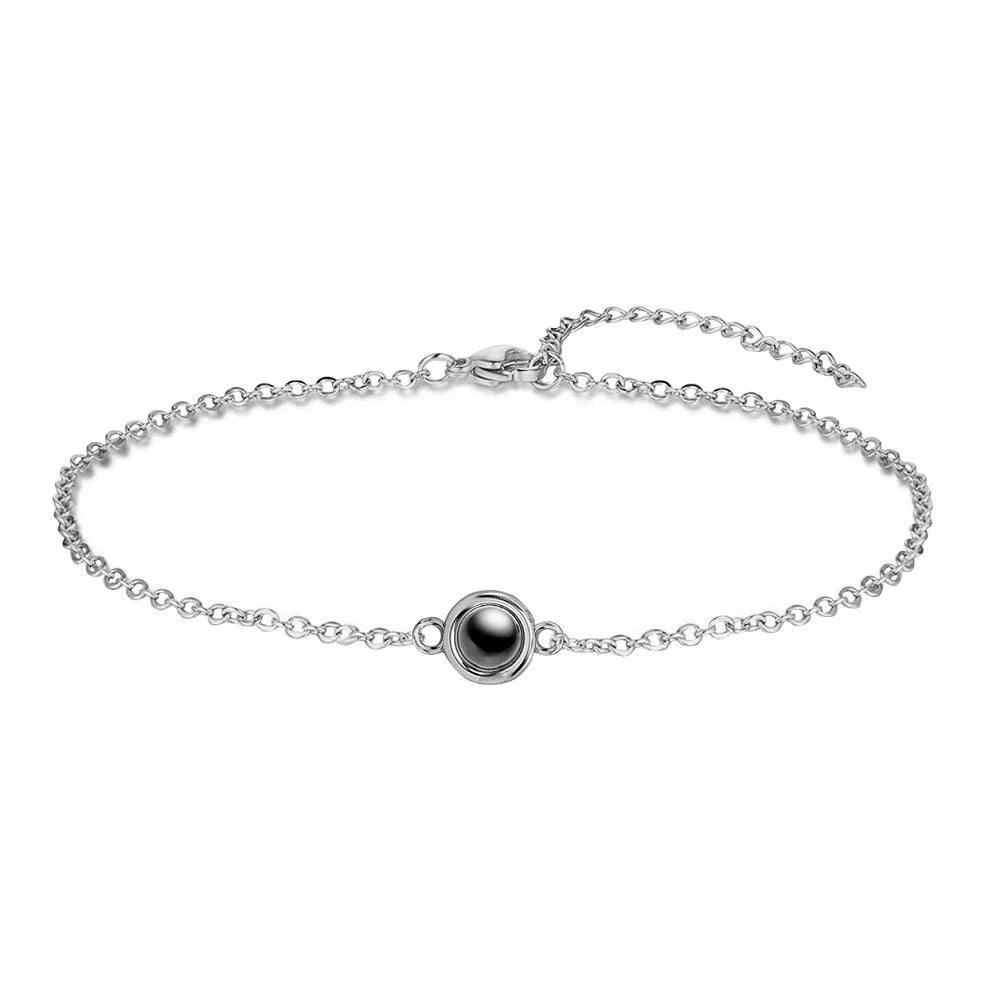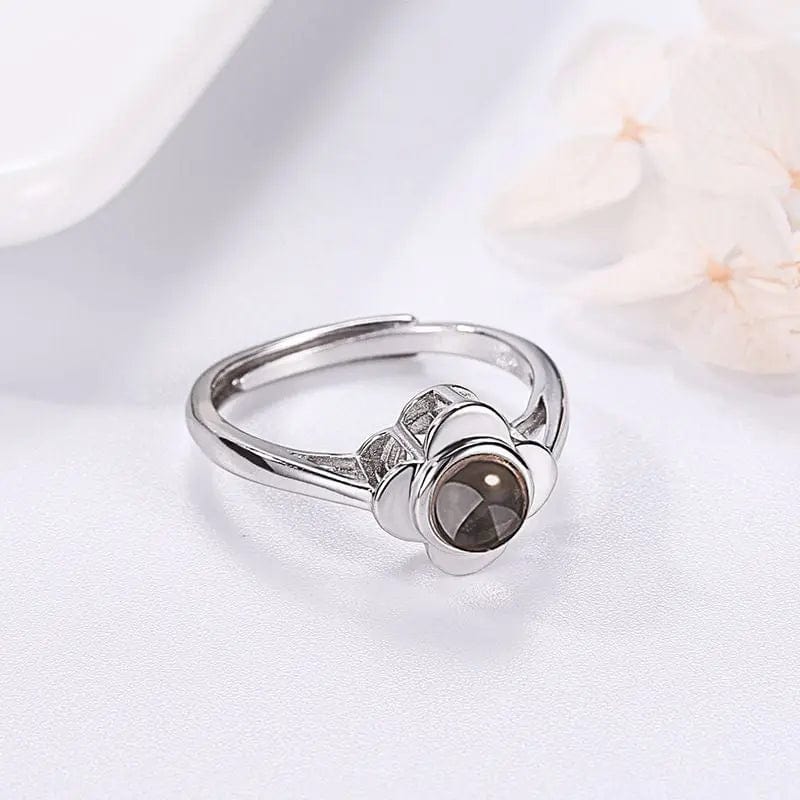Understanding the Essentials
Buying a men's suit seems a straightforward task, but if you are after achieving an impeccable look, you might want to consider more than just the color and size of the suit. There are several factors to consider to make sure that your suit doesn't just fit but also is in line with your style and the occasion you're attending. Here's a list of the top 10 things you need to know before buying a men's suit.
1. The Occasion
First and foremost, you need to understand the occasion you will be wearing the suit to. This will guide you in picking the right color, style, and even fabric of your suit. For example, if you are buying a suit for a formal business setting, you might want to stick to the traditional colors of black, navy, or gray. However, if the suit is for a less formal occasion or a casual setting, you can experiment with lighter and brighter colors.
2. The Suit Style
There are essentially three types of suit styles you can choose from: American, British, and Italian. The American style is known for its single-breasted jacket, full-chest, and natural shoulders making it an excellent choice for comfort. The British style is double-breasted and has a slim waist while the Italian style features a tight fit, high armholes, and slim lapels.
3. The Fit
When it comes to suits, the fit is everything. A well-fitted suit will flatter your body figure and enhance your overall look. Suits can be off-the-rack, made-to-measure, or bespoke. Choosing between these comes down to your budget and how particular you are about your suit fit.
4. The Fabric
The choice of fabric contributes to the comfort and overall appearance of the suit. Common fabrics used in suit making are wool, cotton, linen, and silk. Each of these materials has its own unique characteristics, and your selection will depend on the season or the climate of your location.
5. The Color
The color of your suit should blend well with your skin complexion and also the occasion. Navy and charcoal are universal and can serve different formal occasions, while brown and tan are best suited for casual and less formal settings.
6. The Suit Jacket
The suit jacket is also an essential part of your suit. Pay attention to the size, lapel style, the button style, and the pockets of your suit jacket. Ensure they align with your overall personal style and body build.
7. The Suit Pants
Suit pants should be comfortable and match with the suit jacket. Go for flat front trousers for a modern look and pleated ones for a more traditional look.
8. Match the Suit with the Right Accessories
The right accessories can either make or break your look. A suit should be accompanied by a well-matching tie, pocket square, and belt. Also, remember your shoes should match the color of your belt.
Adding Spark with Jewelry
If you want to introduce some individuality and class to your look, consider adding some trendy jewelry pieces. A stylish watch can add a touch of elegance to your suit, while cufflinks can bring life to your shirt. When it comes to jewelry, however, remember less is more. You want to achieve a sophisticated look, not a busy one.
9. Know Your Budget
Suits can be considerably expensive depending on the style, fabric used, and the tailor's craftsmanship. Therefore, have a budget in mind before you start shopping.
10. The Tailor
Last but not least, consider getting a reliable tailor. A good tailor can modify a suit to perfectly fit you. An off-the-rack suit might not give the perfect fit, alteration might be required. Whether it's adjusting the hems or tapering the sleeves, your tailor can make all the difference.
Conclusion
Purchasing a men's suit requires careful thought and consideration. Remember, the ultimate goal is to buy a suit that fits well, looks good, matches your style, and is worth your money. By considering these ten aspects, you are well on your way to finding the perfect suit for you.



